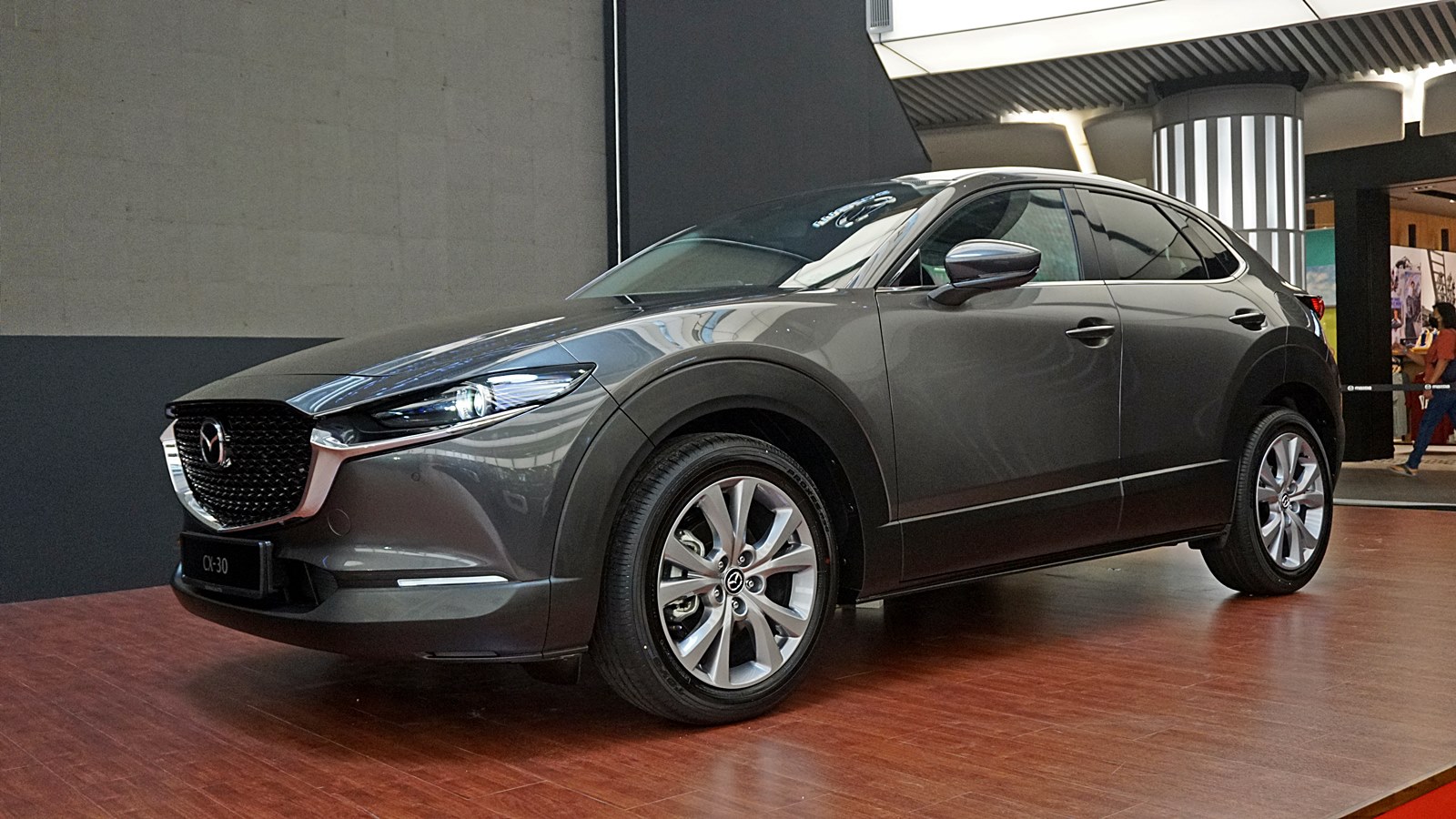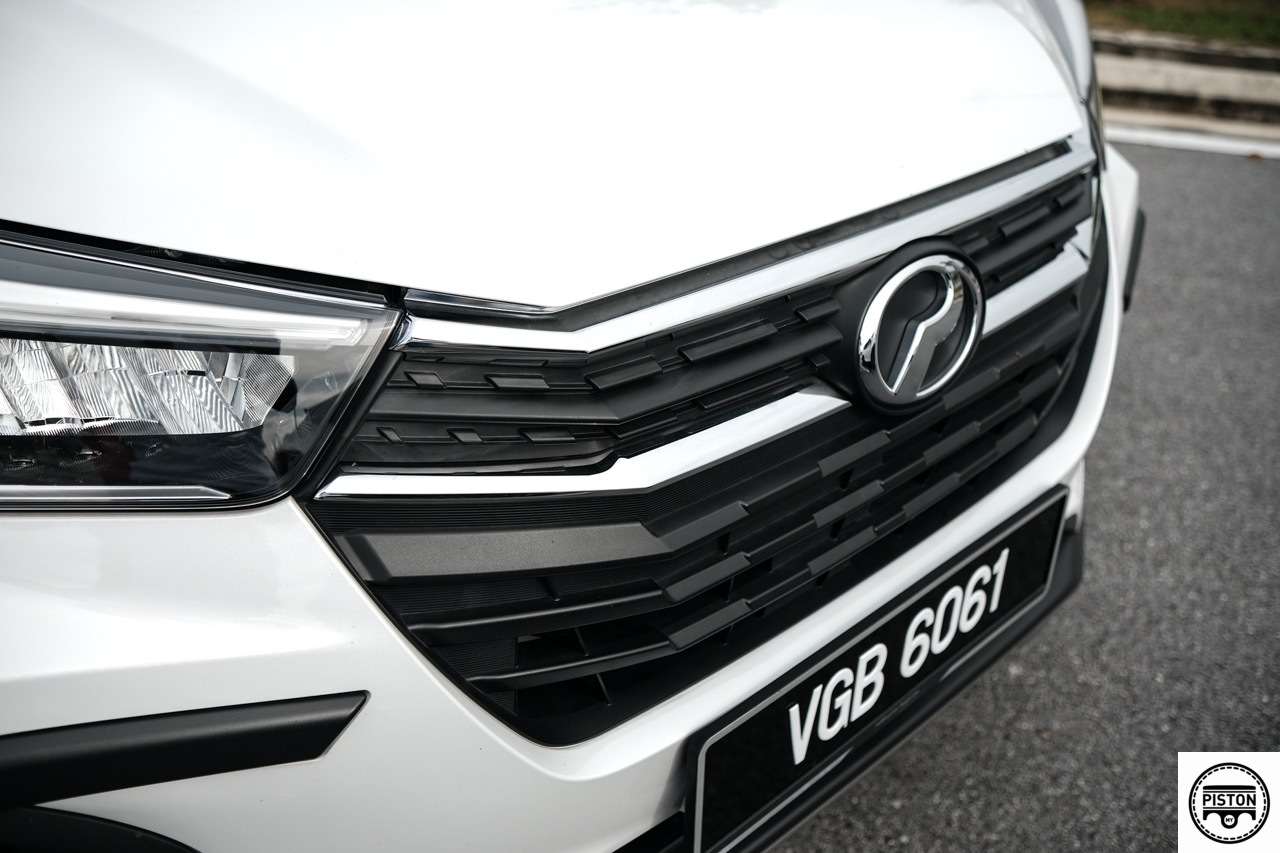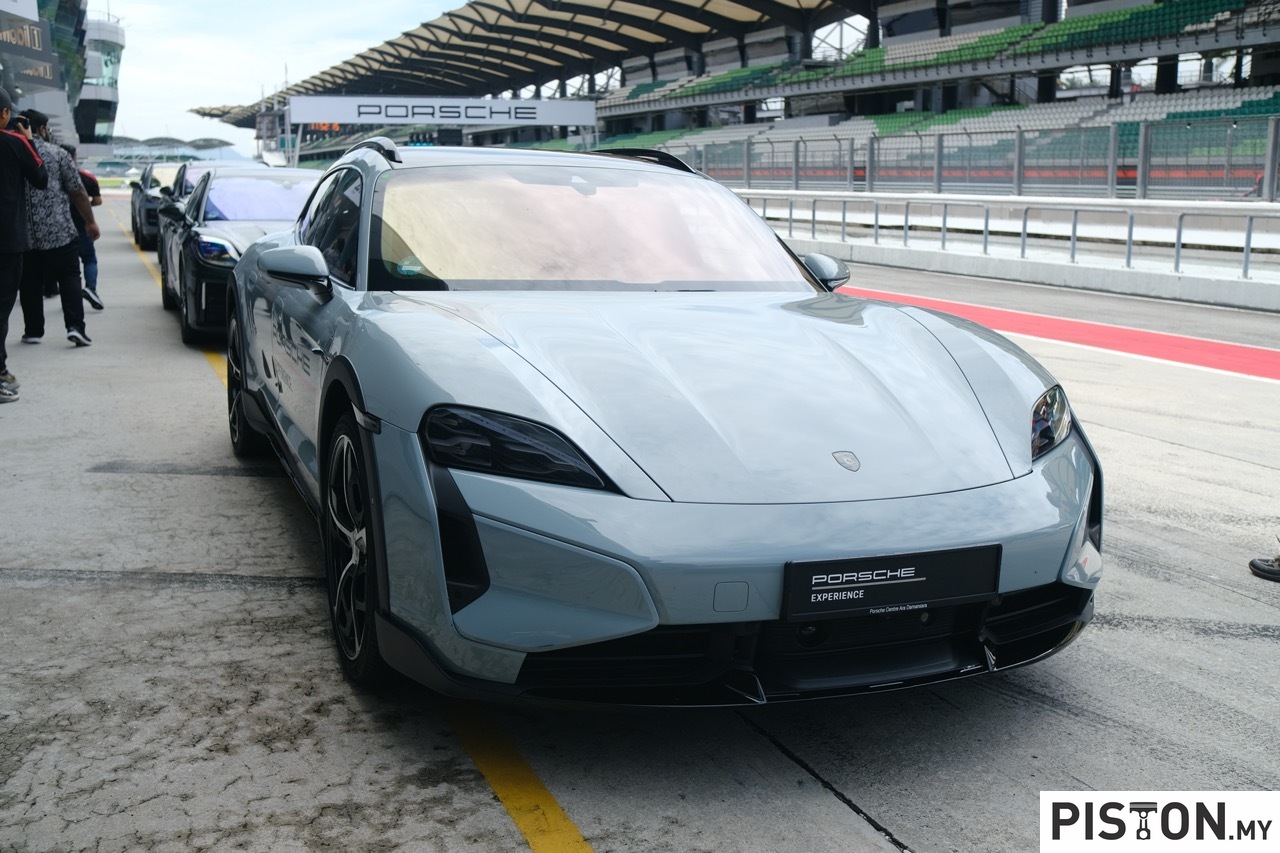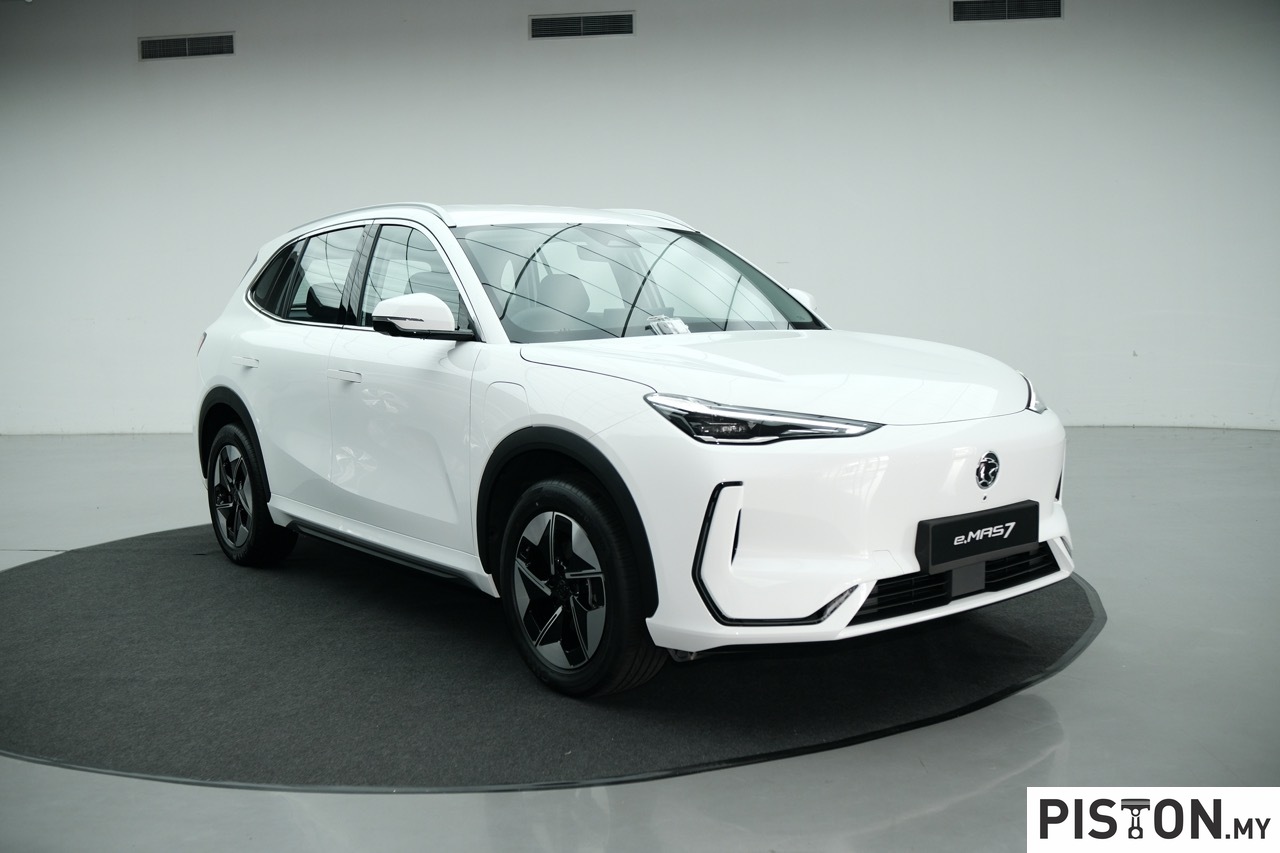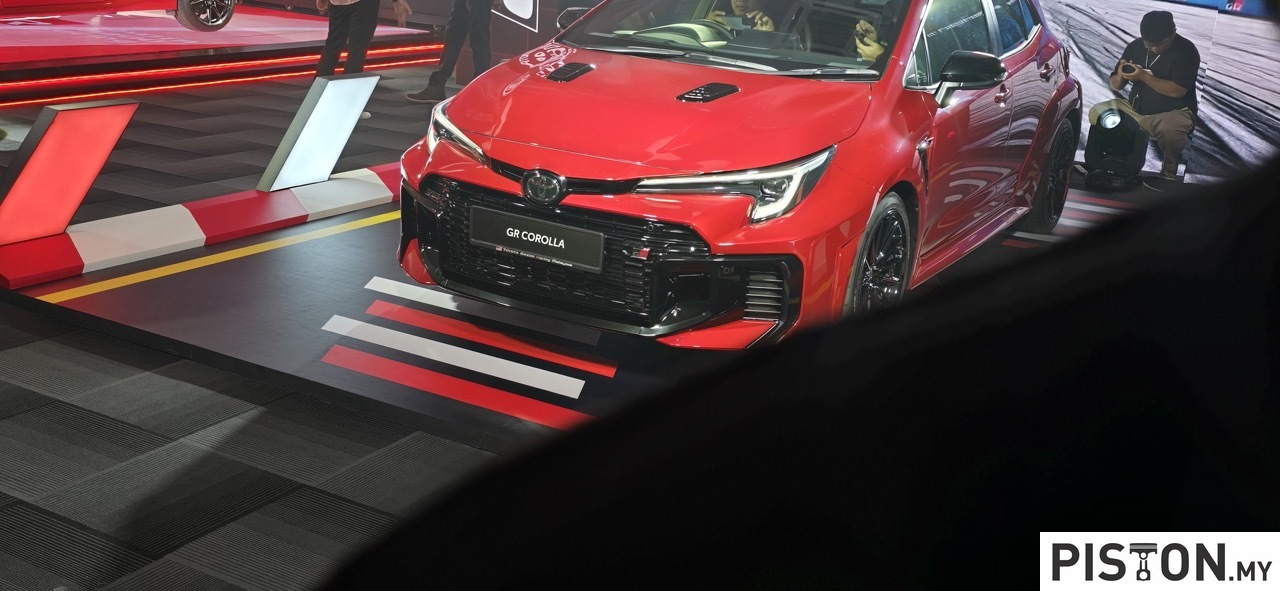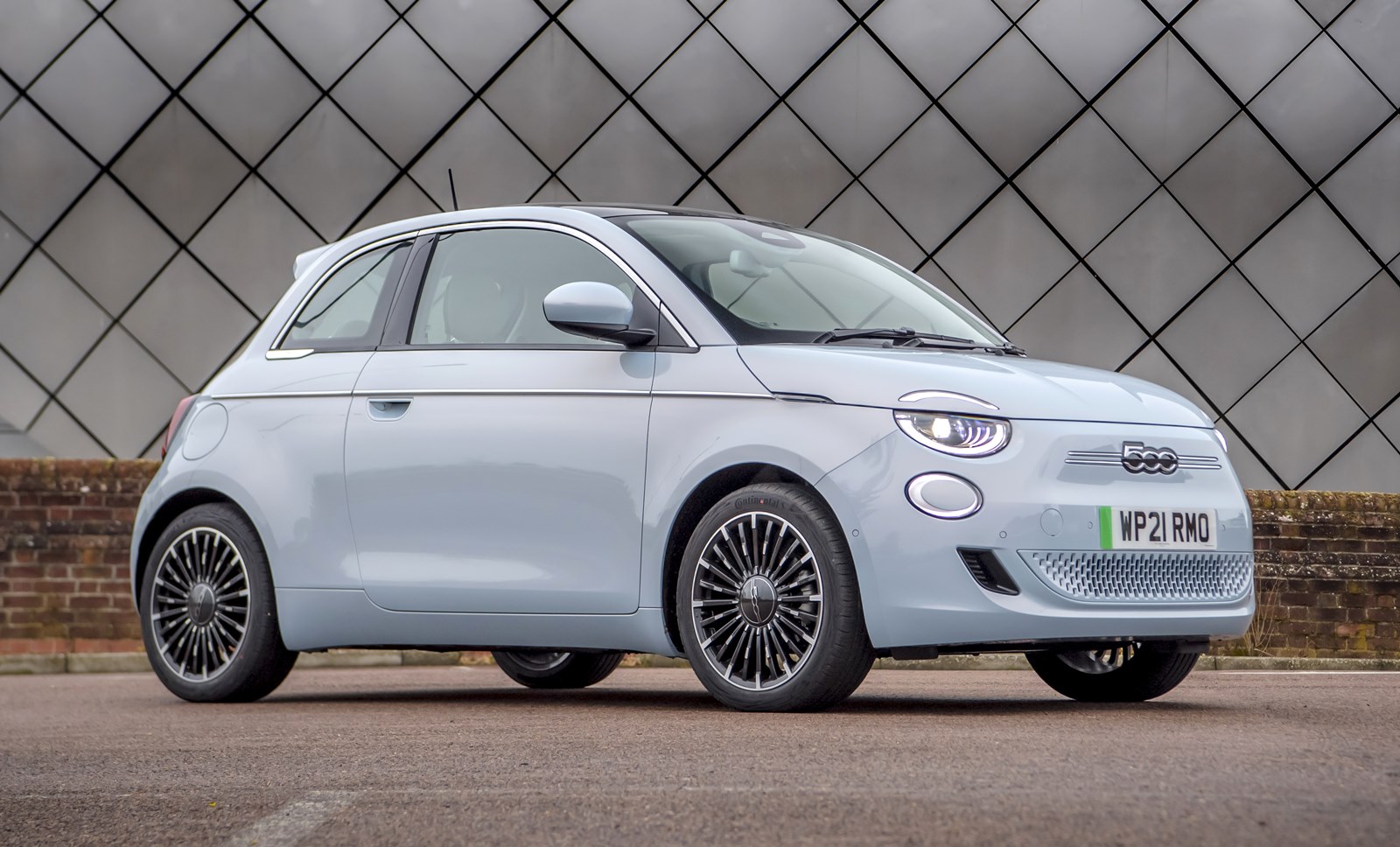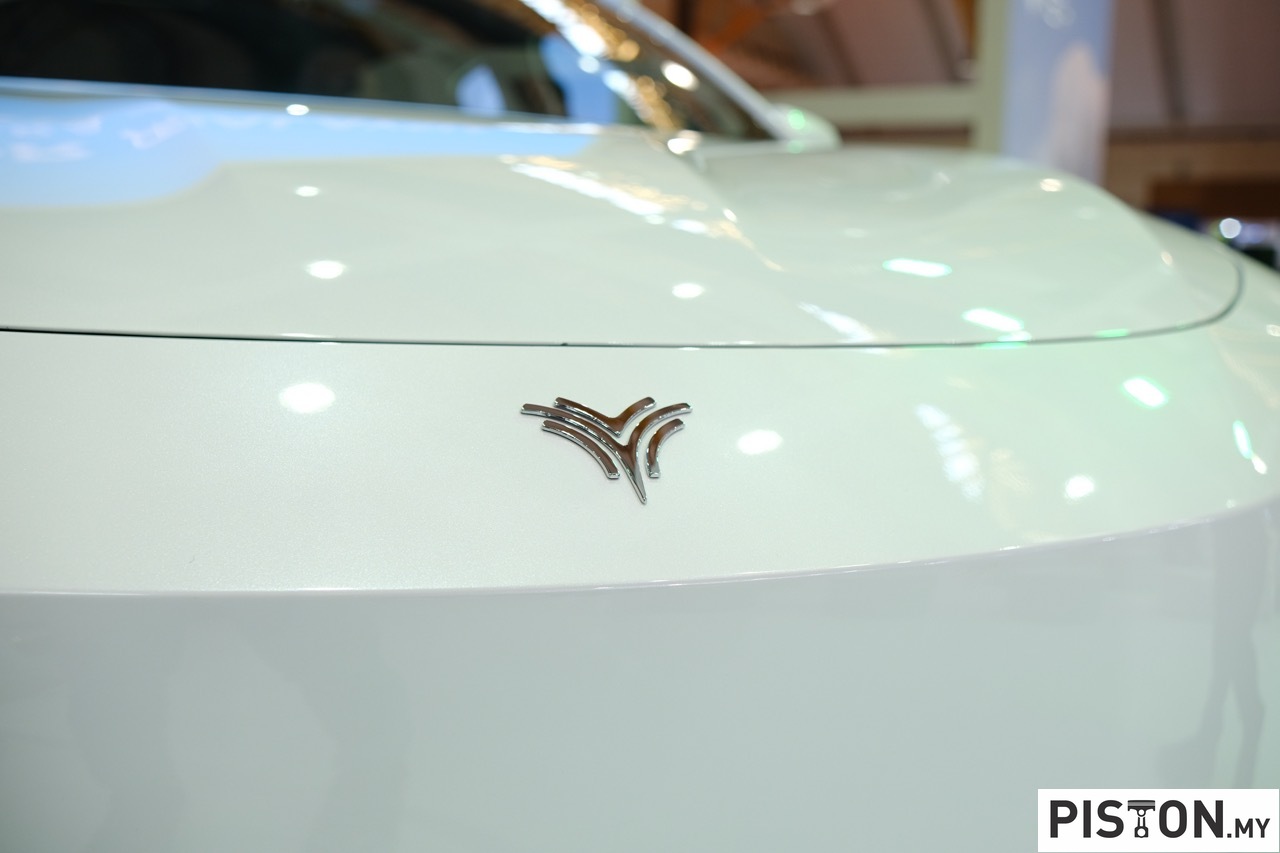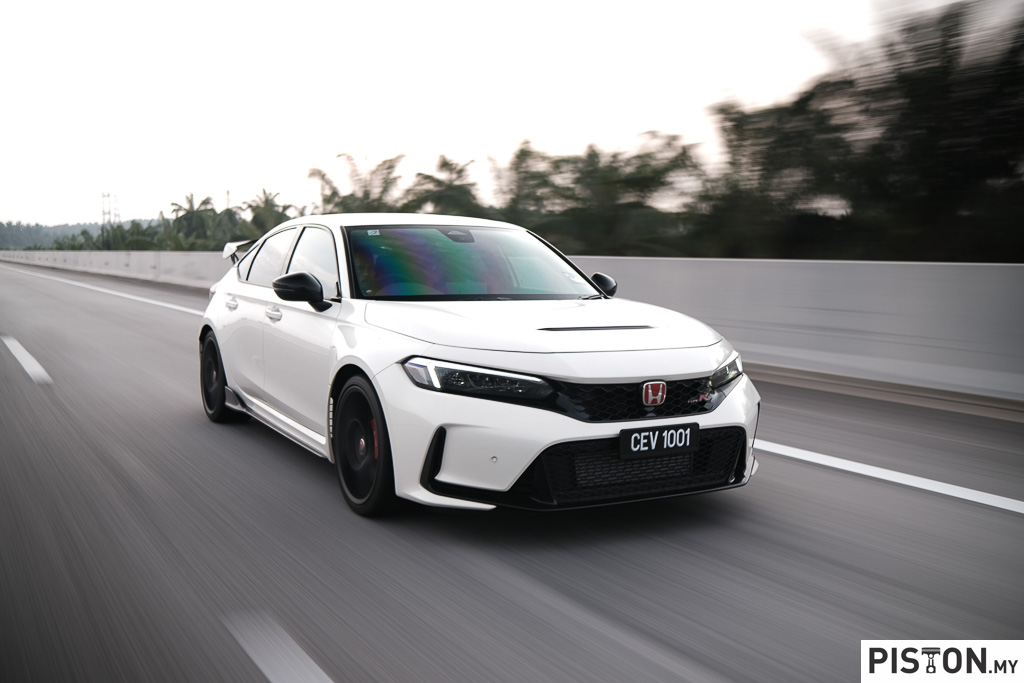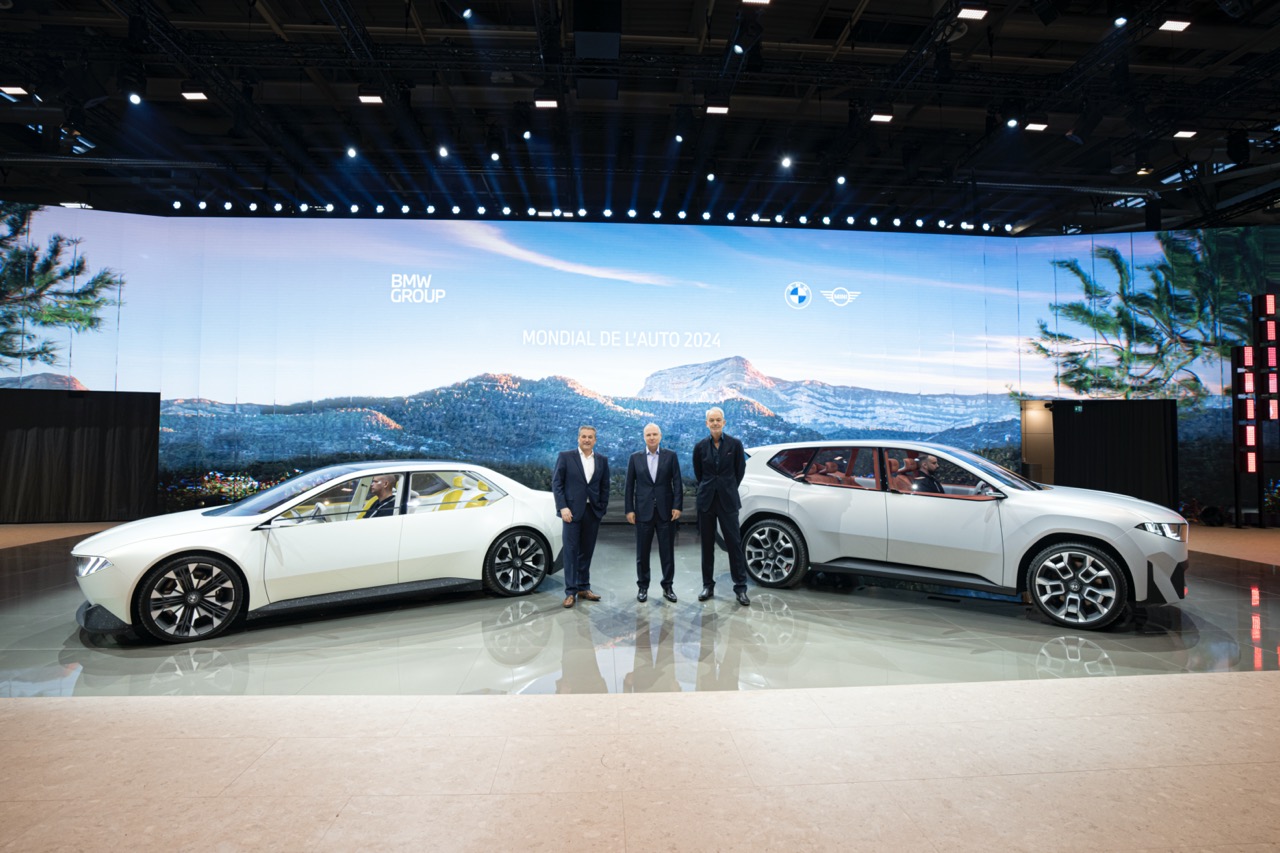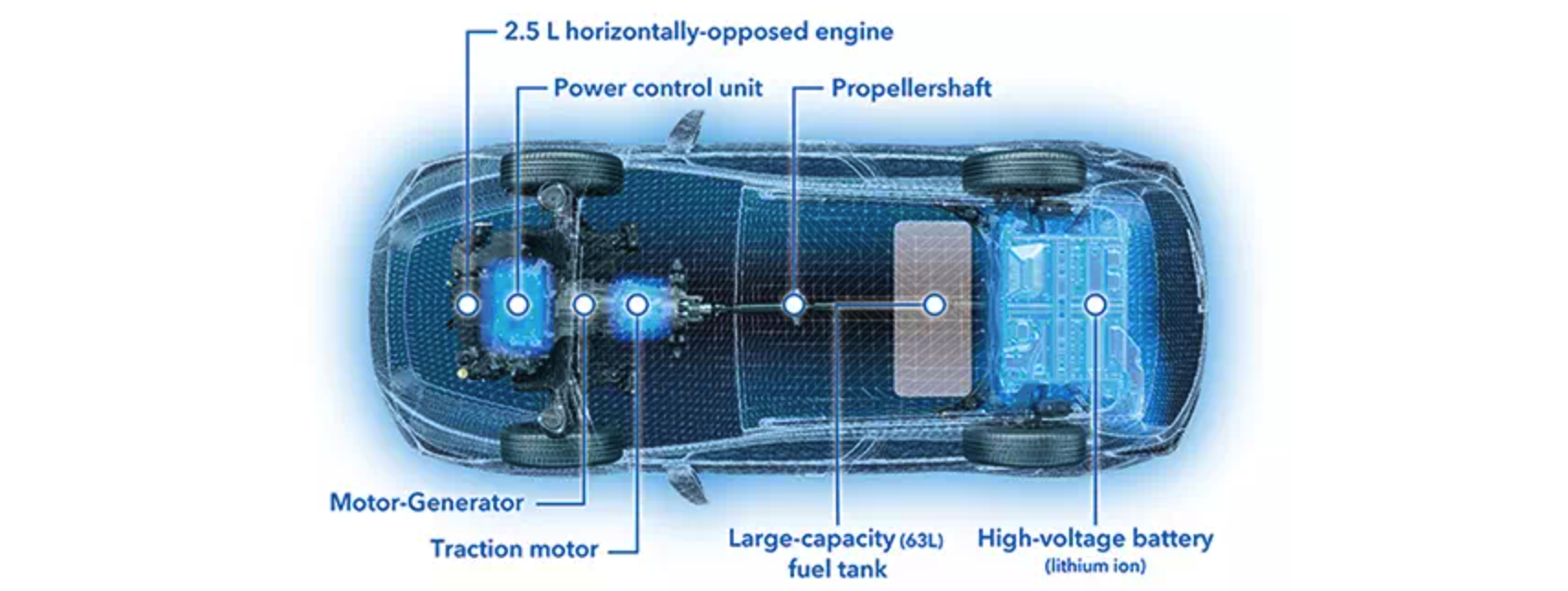Bermaz Motor has launched the Mazda CX-30, its third locally assembled model after the CX-5 and CX-8. The CX-30 is the final model that was in the plan announced four years ago relating to new investments and local assembly by the company as it moved forward. It was the next step for Mazda Malaysia, the joint venture between Mazda and Bermaz formed in 2012 to oversee local production, distribution and exports to other ASEAN countries.
In 2019, Mazda upgraded the ‘plant within a plant’ at Inokom in Kedah with an investment of RM200 million, which raised production capacity from 30,000 to 50,000 units. Mazda production at Inokom shares some of the facilities but also has a dedicated area (including its own paintshop) for assembly of its own products, hence the ‘plant within a plant’ description.
The roll-out of the CX-30 was actually scheduled a bit earlier but the global COVID-19 pandemic impacted all industries and time-frames had to be revised due to extended periods of lockdown. However, the CBU (completely built-up) version was already being sold since 2020.
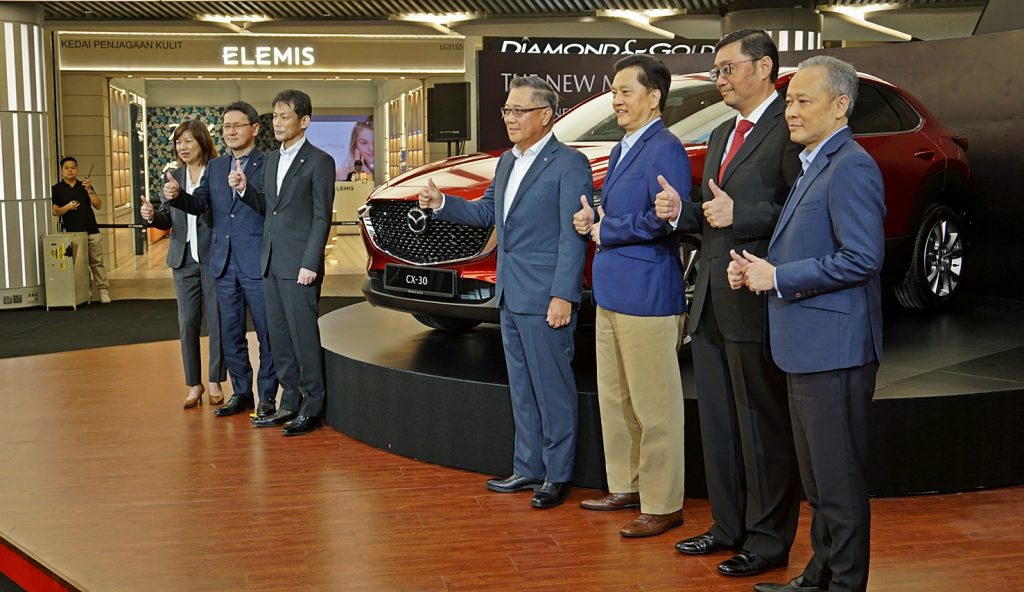
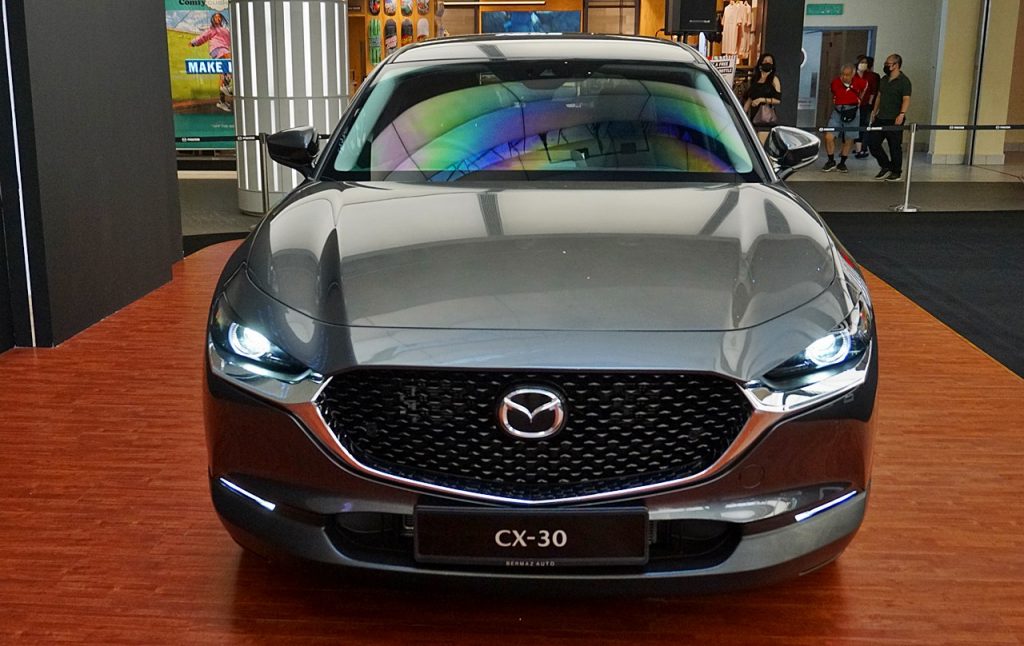
For the new locally-assembled CX-30, there are four variants, all with 162 ps/213 Nm 2-litre SKYACTIV-G petrol engines and SKYACTIV-DRIVE 6-speed automatic transmissions. Unlike the CBU model sold before, the locally-assembled version is not available with all-wheel drive and for now, there is also no turbodiesel engine. However, Dato’ Sri Ben Yeoh, Executive Chairman of Bermaz Auto, said that the turbodiesel will be offered in due course.
“The SKYACTIV-D 2-litre turbodiesel is a very efficient engine and even in larger models like the CX-5, it has impressive fuel economy. We know there are people who like our Mazda diesel models so we will offer the CX-30 with the engine a bit later on,” he told PISTON.MY.
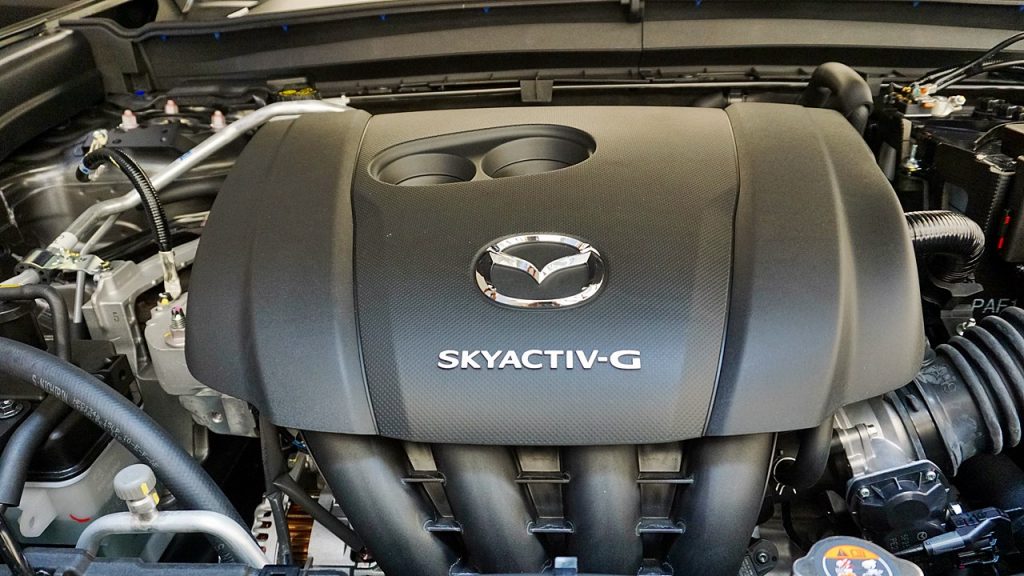
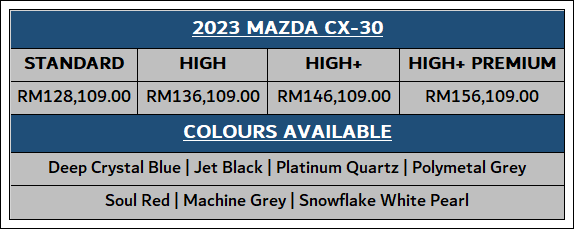
The prices range from RM128,109 – RM158,109 (without insurance, Peninsular Malaysia registration). Demonstrating the benefit of local assembly, the prices are lower than the CBU models imported earlier which were priced between RM150,059 (with a 1.8-litre engine) and RM186,059.
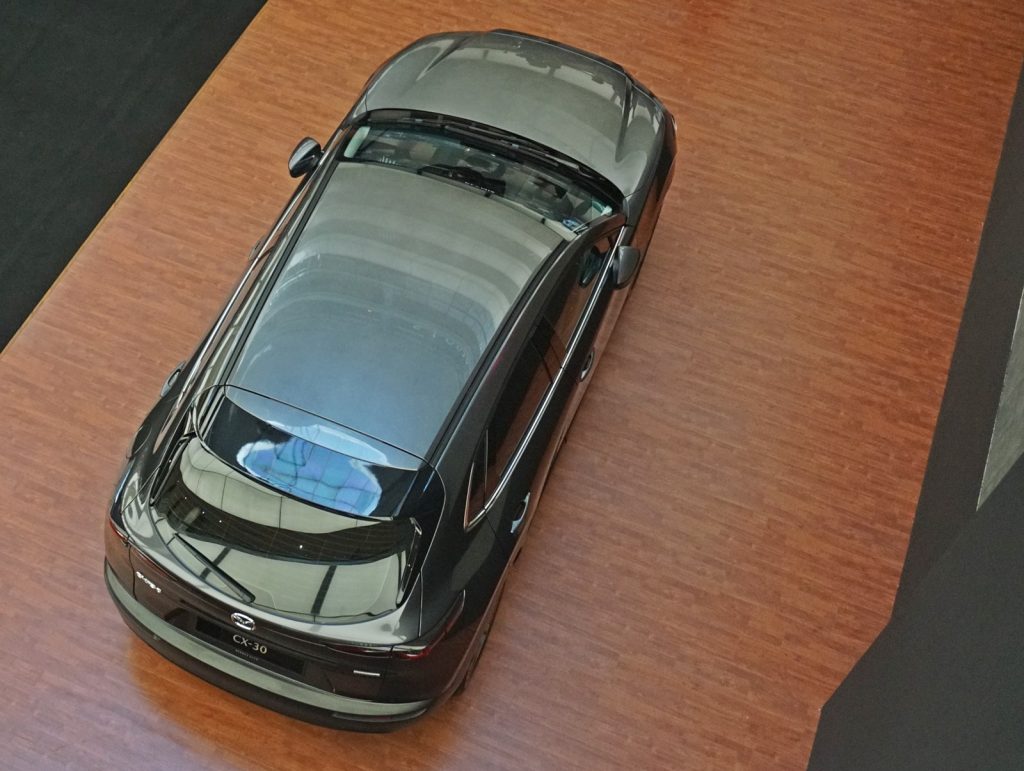
The CX-30 is positioned between the CX-3 and CX-5 and is still in its first generation which was launched in 2019. While Mazda has started a double-digit numbering system for its SUVs in the past two years to differentiate a new generation of models, the CX-30 was not actually part of this change.
The designation of CX-30 came about because Mazda had developed a CX-4 which was only for China. Size-wise, it was between the CX-3 and CX-5, so it seemed appropriate to be known as CX-4. But then, another model was also developed which was between the CX-3 and CX-5 and meant for global sale except China. To avoid confusion by having two models in two markets with the same designation, they decided to make the global model CX-30.
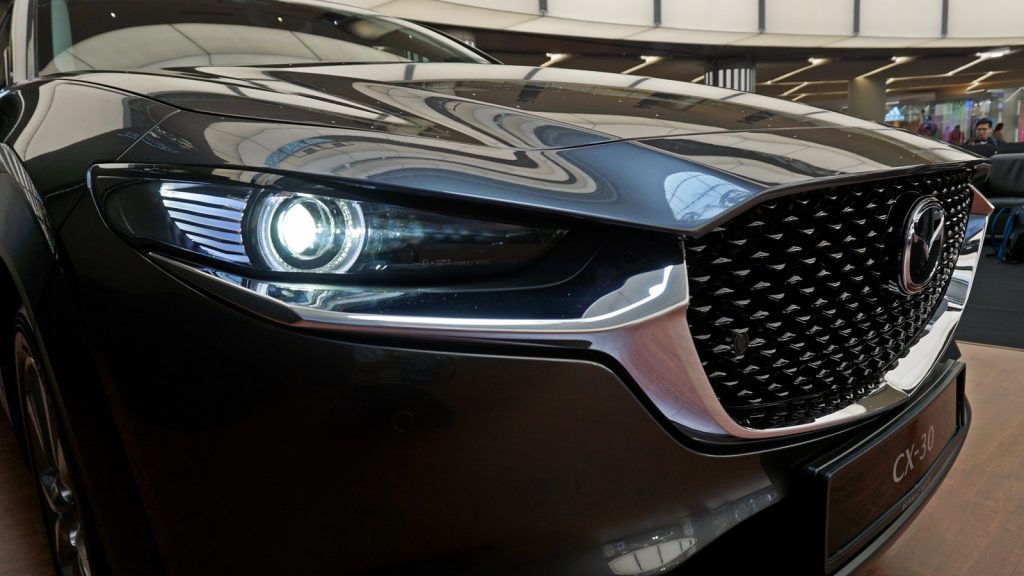
It may have been an ad-hoc solution but it certainly was puzzling then (later, Mazda would also come out with the MX-30 as another unique designation). But having created a double-digit model number, the company probably saw an opportunity to establish a new and more premium range for the new decade, hence the CX-50, CX-60, CX-70, CX-80 and CX-90.
When the CX-30 made its debut in 2019, it showed a ‘matured’ evolution of the KODO design language with yet another grille presentation (just like how Kia’s ‘tiger nose’ face has evolved). The grille design is intricate and even the headlights on either side have fine details that give the impression of the car being a ‘work of art’.
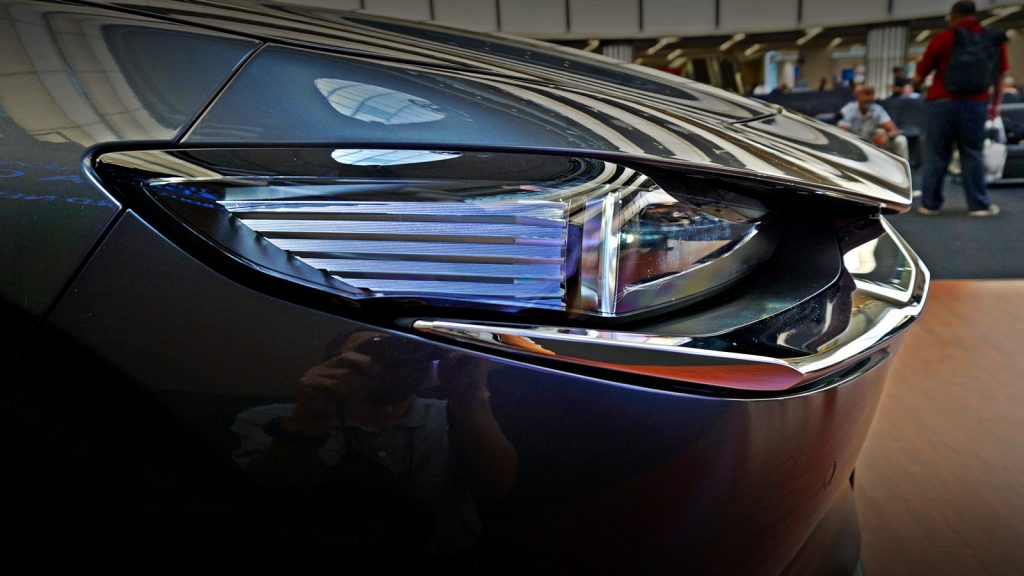
In fact, that is how Mazda’s designers treat each model and make design a strong selling point of the brand. They make use of lighting and shadows to create the flowing style, shaping the body panels in such a way that light falling on them (and the shadows created) is stylistically distributed.
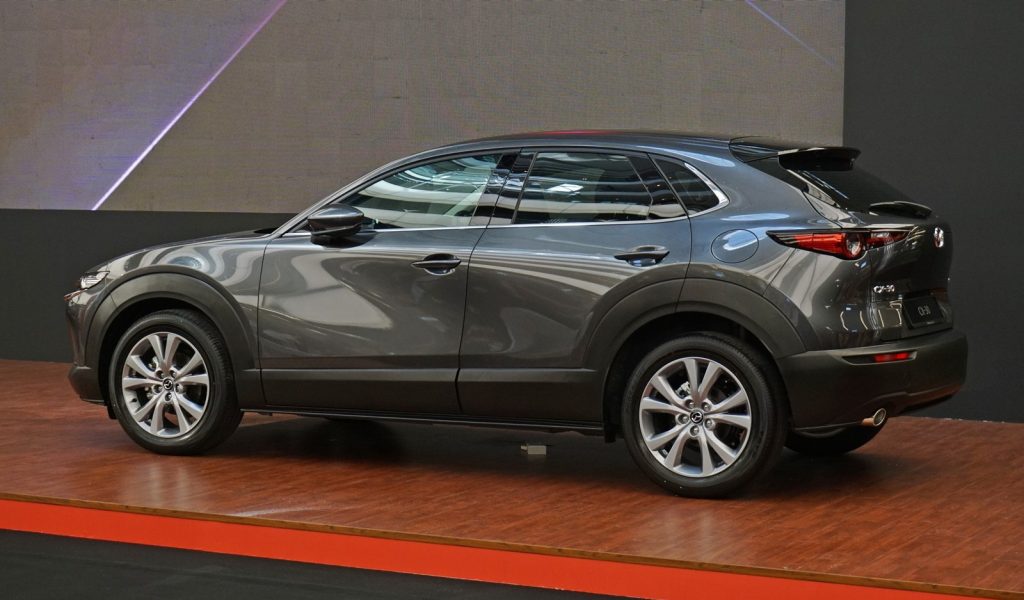
For example, the arc of the shoulder running from the front wing to the rear wheel gives a sense of speed and vitality. The body surfaces beneath the shoulder line reflect the surroundings in a distinctive ‘S’ shape that changes as the car moves.
KODO design is now 13 years old but still remains a valid design language used by Mazda. When asked if KODO Design will be replaced by another design philosophy, Ikuo Maeda, the ‘father of KODO Design’ told this writer: “As far as I am concerned, KODO Design will be forever!”.

As always, Bermaz is generous with its equipment levels. While the top version has a panoramic sunroof, all versions have an 8.8-inch infotainment display and 7-inch TFT LCD instrument panel. A colour head-up display (HUD) is also standard for all versions, which is unusual as this feature is normally found in the most expensive versions. Furthermore, it’s not the low-cost type which uses a flip-up panel but has the display projected onto the windscreen, as in more expensive cars.
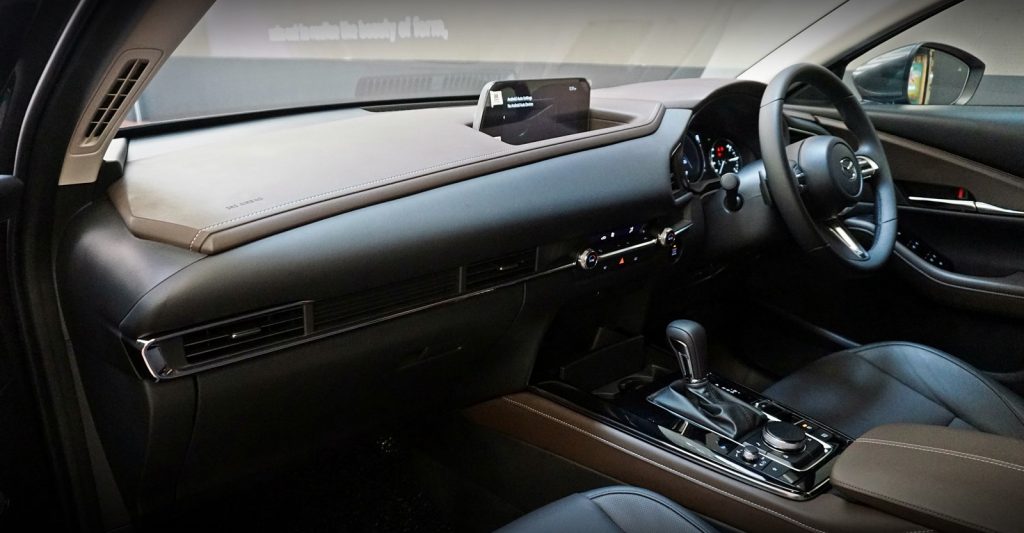
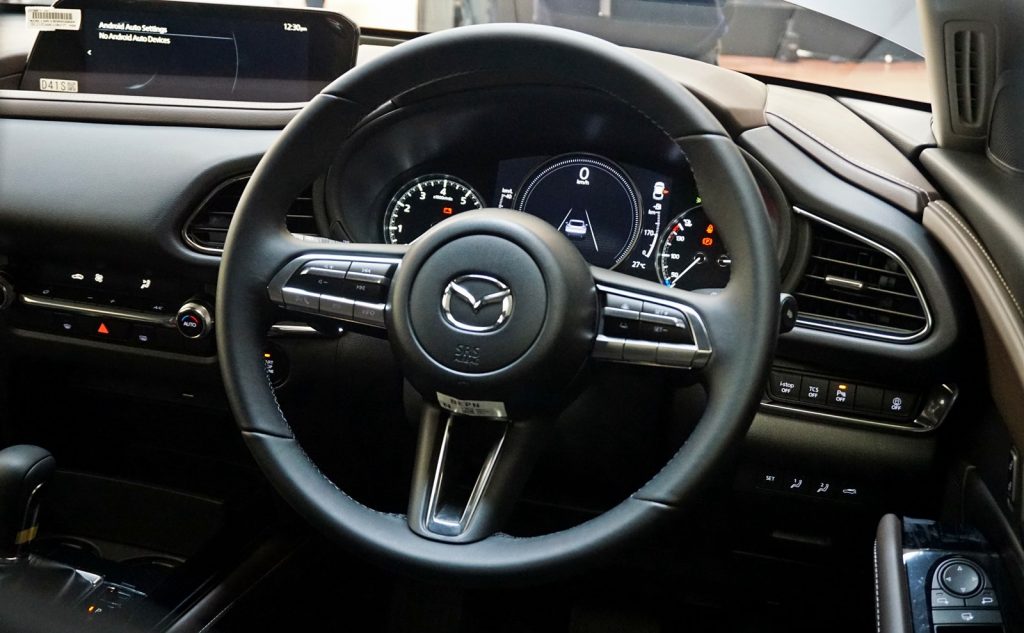
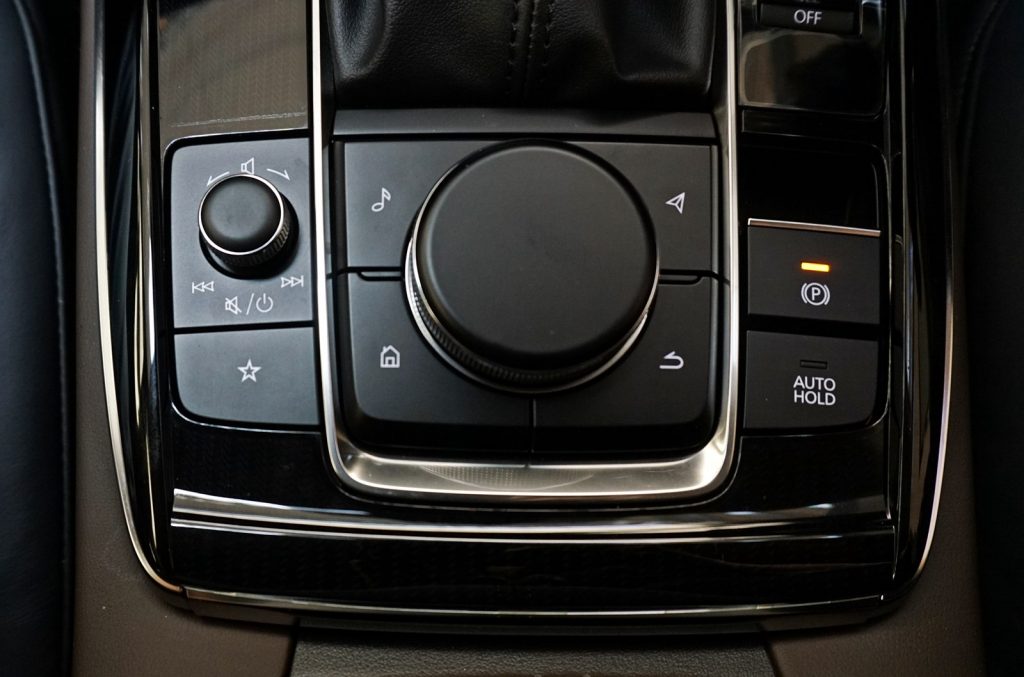
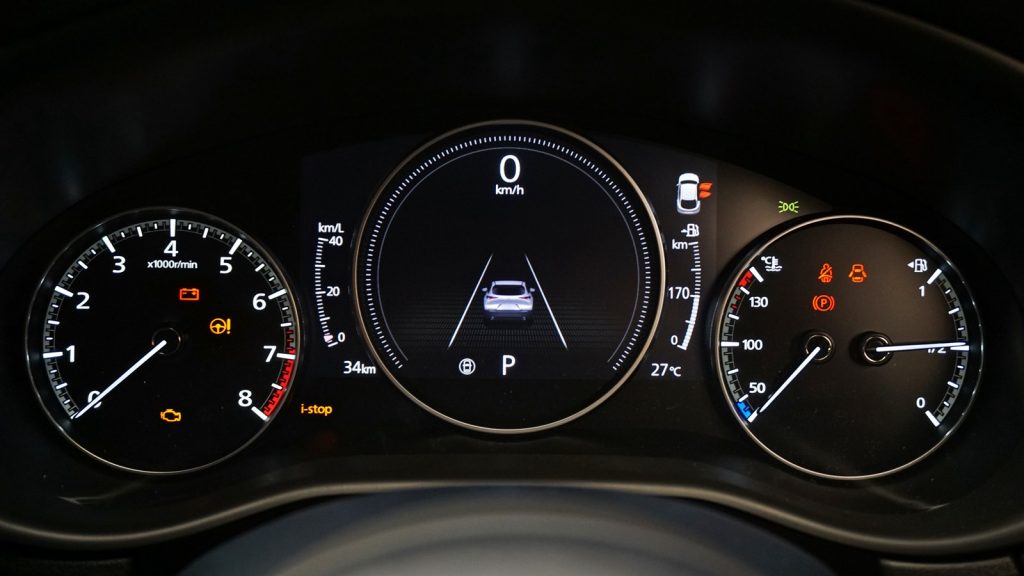
The infotainment system, which uses the display slotted into the dashboard, is managed with the Commander Control Knob on the centre console between the seats. On a scale of 1 – 5, intuitive operation could be rated as ‘5’ and it’s easy enough to operate without looking down at the knob. The system has various connectivity options including Apple Carplay and Android Auto, with sound coming out through 8 speakers (with 3 woofers).
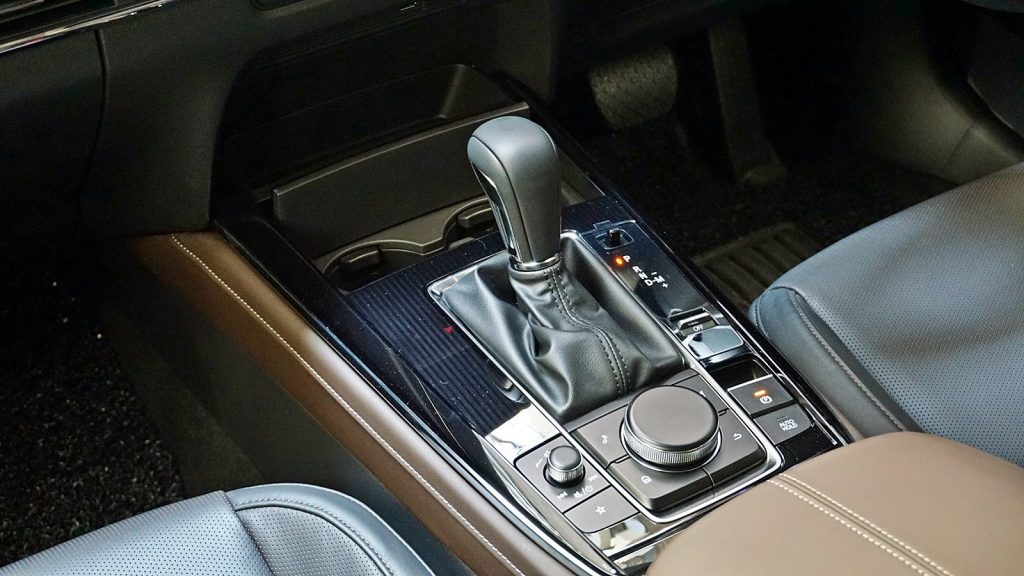
The premium ambience is strong in this SUV, a deliberate move by Mazda to elevate the brand image. Not having the mega volumes of the bigger Japanese rivals, Mazda has been realistic about its own position and therefore focusses on offering more premium products rather than try to compete in the price-sensitive high-volume market.
The steering wheels of all versions have leather wrapping and other than the lowest-priced version which has fabric upholstery, the other three have leather as standard. Likewise for driver’s seat adjustment which is 10-way (powered) for the three upper versions.
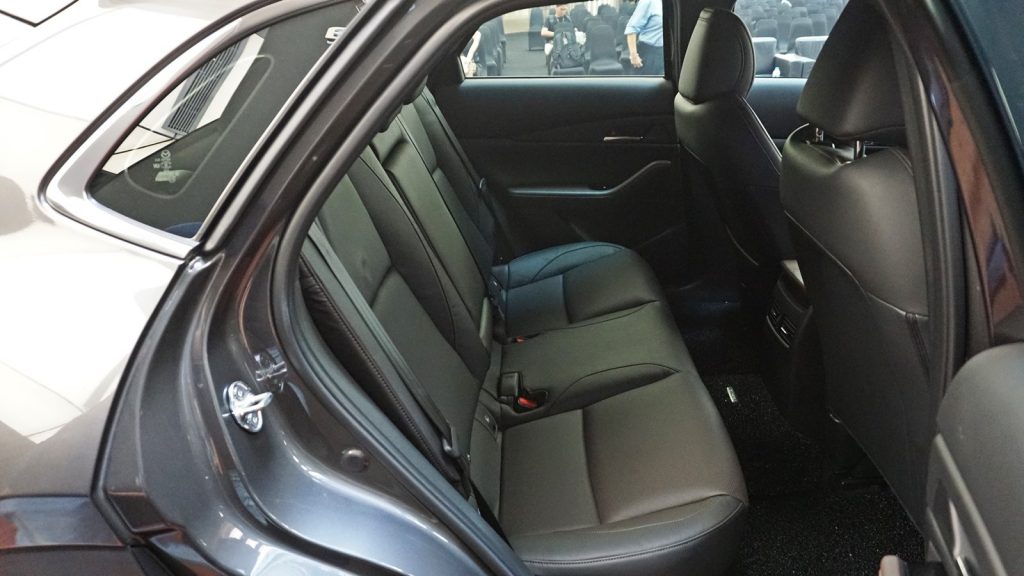
Convenience features like cruise control, engine pushbutton for starting/stopping, electronic parking brake and auto-folding mirrors are standard for all versions. The tailgate is powered for the top three versions but automatic opening is not mentioned.
Safety systems are also comprehensive and extensive, with 7 airbags being standard for all versions. The CX-30 also has the G-Vectoring Control Plus (GVC Plus) technology which improves chassis performance by controlling the engine output, making cornering safer and more stable. In sudden and quick turns, GVC Plus helps to maintain stability so the driver feels secure.
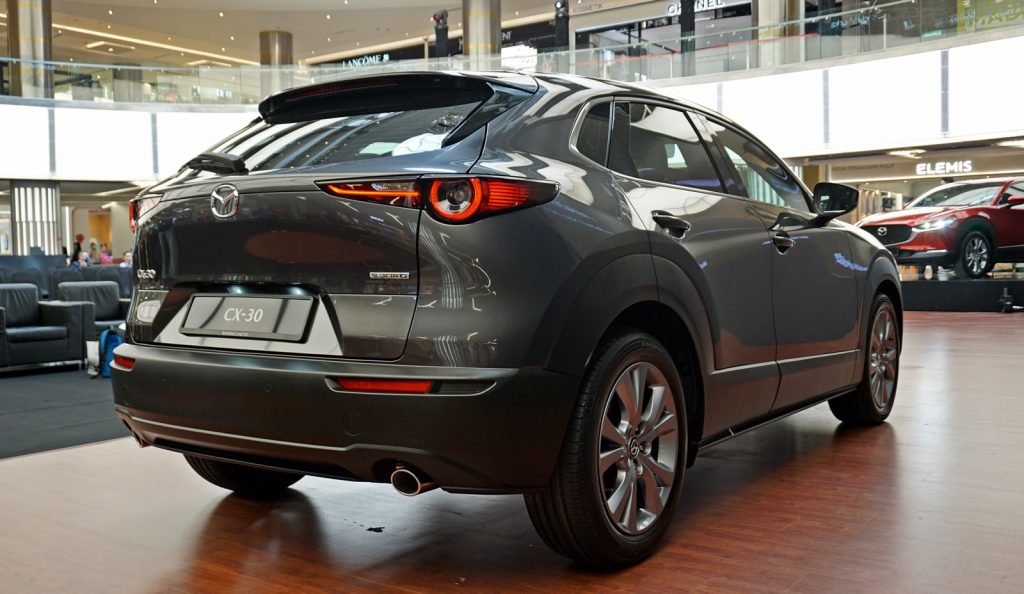
For the top two versions (High+ and High+ Premium), the i-ACTIVSENSE systems are more sophisticated with the cruise control being adaptive using radar and autonomous braking in emergencies. The headlamps are also adaptive to maximise illumination, while front and rear sensors detect cross traffic. If the vehicle deviates from its lane, the driver will be alerted and if no action is taken, then the system will help to keep it in the lane. Such deviation suggests that the driver may be drowsy and losing alertness which will activate the Driver Attention Alert.
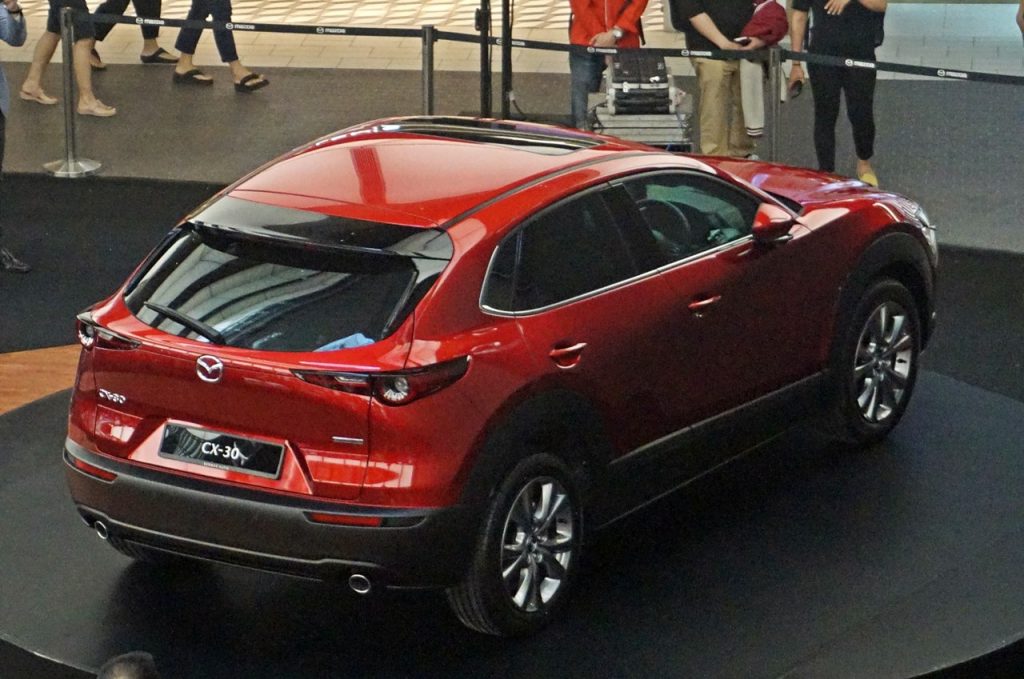
There was a time when car-buyers felt that locally-assembled cars were not as well built as the ones imported CBU. That is no longer the case with modern manufacturing equipment and processes which are almost the same globally. The facility in Kedah has processes which are similar to those in Mazda’s Hiroshima factory and even the paint shop was specially set up for applying the special premium finishes.
Confident of the quality, Bermaz gives a 5-year or 100,000 kms warranty and free scheduled maintenance for the first 5 years (or maximum of 100,000 kms). The free maintenance will save money on running costs as it covers labour charges, lubricants and replacements parts required at scheduled intervals.



